Why is the A9 in Scotland so Dangerous?
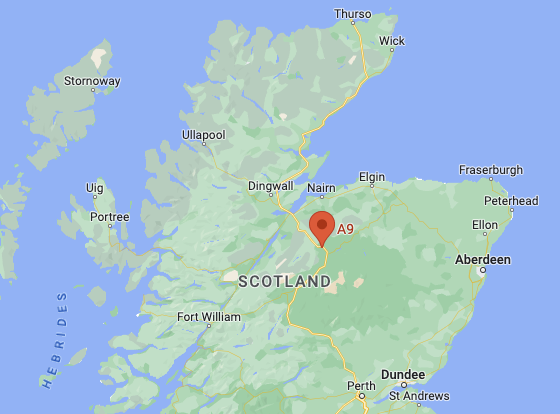 The A9 in Scotland runs from Perth right up to Thurso, connecting the central belt to the Highlands. It’s 273 miles long, the longest road in Scotland and the 5th longest road in the UK. In the past, it was the main road from Edinburgh and John O’Groats.
The A9 in Scotland runs from Perth right up to Thurso, connecting the central belt to the Highlands. It’s 273 miles long, the longest road in Scotland and the 5th longest road in the UK. In the past, it was the main road from Edinburgh and John O’Groats.
The A9 is a great road insomuch as it conveniently connects different parts of Scotland, but sadly, it’s a very dangerous road. HGVs are three times more likely to be involved in a collision on the A9 than on any other Scottish trunk road. The alternating speed limits of different vehicles do cause frustration and cause drivers to overtake, often in inappropriate areas.
There are long single-carriageway sections of the A9, where it’s not easy to overtake. When there is an opportunity or perceived opportunity to overtake, some people take badly judged risks. Tourists also pose a problem – a number are often distracted by the stunning scenery and don’t pay full attention to the road. In the winter months, the A9 can see some of Scotland’s worst weather. Deer strikes on the A9 are also common.
As a driver training provider, we are always interested in discovering at-risk areas on roads – it helps us when training clients and gives us a good insight into road risk. We often use Crash Map, which is an excellent online service where you can research collision points on different roads in the UK. We have used Crash Map to look at the A9 in more detail to understand where the collisions are happening and why. We have not looked at all collisions – but below are five fatal collision sites on the A9 taken as screenshots from Google Earth, cross-referenced from Crash Map.
Five Fatal Collision Sites on the A9:
Location 1:
A9 Near Kindallachan
Observations – The junction is a key risk factor here. Collisions often occur at junctions when a vehicle merges and does not see oncoming traffic or badly judges the space and distance. Also, vehicles which overtake and fail to see the merging vehicle are another risk factor. There are blind spots in everyone’s eyes. Making sure you look right, left and right (with good pronounced head movements) as a minimum will reduce the chances of failing to see a vehicle. Make sure you always take time and look hard at junctions.
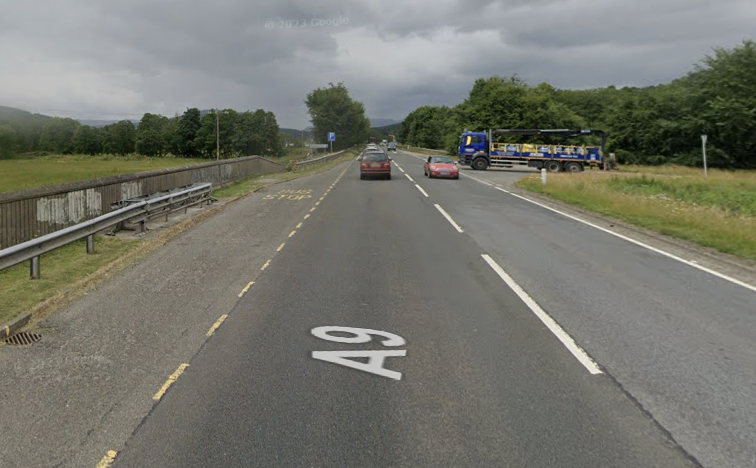
Location 2:
A9 Near Aldclune
Observations: This is a long, straight bit of road. It’s not visible in the picture, but it has a long incline (or decline) depending on the side of the road you’re on. Often, in these situations, vehicles (mostly cars) try to overtake slower vehicles, driven by the desire to speed as the vehicle gathers downhill momentum. For vehicles travelling uphill, heavily laden HGVs can struggle, increasing the temptation for faster vehicles to overtake or try and overtake. If you misjudge the speed of a driver coming down the hill (if they are speeding), it’s easy to see how things can go badly wrong very quickly. We always highlight the importance of looking at the gradient you are driving on, how it will impact your vehicle’s ability to overtake, and to consider if you’re going up a steep hill, you will be meeting vehicles potentially flying down at speed.
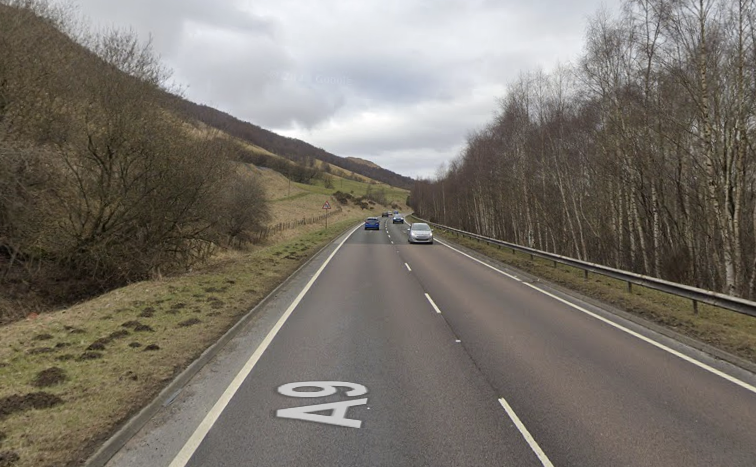
Location 3:
A9 Near Coylumbridge
Observations: Frustration is a major issue with drivers on the A9 – it’s not often easy to overtake, and an inpatient or tired driver may take risks. From the picture below, this part of the A9 near Coylumbridge, has seen a number of fatal collisions and has long sweeping corners, making it harder to overtake. Notice the speed limit sign for vehicles 7.5t and above. This is to remind those driving such, and also to remind car drivers that larger vehicles can’t travel at 60mph – so exercise restraint!

Location 4:
A9 Near Achnagarron
Observations: Very similar to location 1 above, a few fatalities and many more serious collisions have occurred at this junction. With this junction, as with many more, there is an area to allow for vehicles turning right to sit, “protected” by hatched markings. One major risk here is when vehicles waiting to turn right are hit by vehicles from behind, pushing the waiting vehicle into the path of oncoming traffic. When sitting in such a position, make sure your handbrake is applied if you have to wait a while and that your wheels are pointing ahead until its time to make the turn. Keeping your foot on the footbrake can be a good idea to indicate to oncoming vehicles that you are stationary, especially in the dark or with reduced visibility. If there is a vehicle also waiting behind you, this may not be needed.
Another risk area with these types of junctions is when a slow-moving vehicle is turning left off the A9, causing a momentary tailback of a few vehicles. An impatient driver can be tempted to overtake. At the same time, imagine a driver in the opposite direction decides, last minute, to move into the centre of the road to make a right turn. The outcome would not be good. While you can cross hazard lines shown here, you should generally avoid doing so as there is so much that can go wrong – you don’t know how good, bad, tired, or distracted the driver coming towards you is….
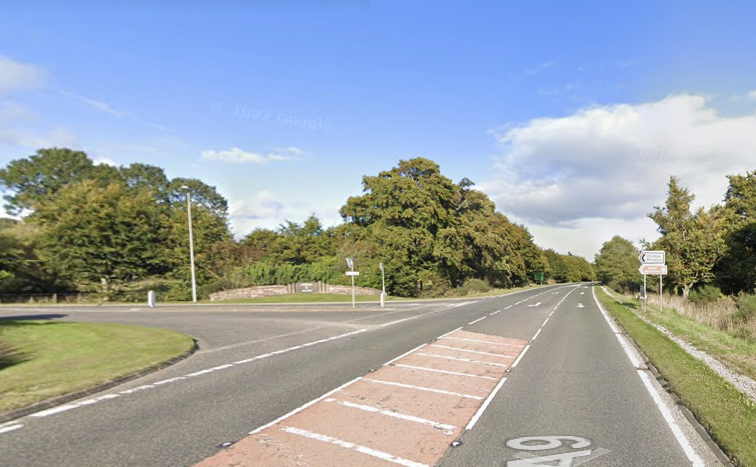
Location 5:
A9 Near Helmsdale
Observations: On initial inspection, this looks like a nice long, straight, safe place to overtake, especially as this is a national speed limit just after leaving a 30mph residential area. Sadly, this is also where people forget observations – making hurried overtakes and allowing far too much speed to build up. Also, if you look at the central reservation style, crash barriers to the left, sometimes, this can confuse a tired or inattentive driver, thinking they are on a dual carriageway – when they are not. On the A9, there are a lot of high-speed head-on collisions. One reason for this can be that drivers sometimes incorrectly assume they are on a dual-carriageway.
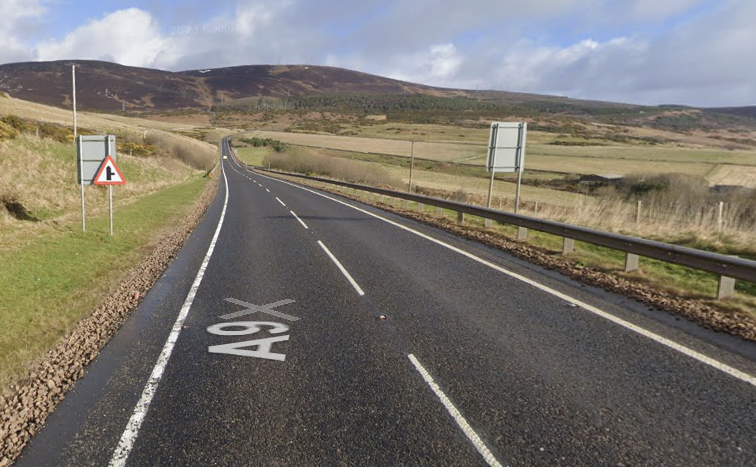
Final Thoughts:
You can reduce the risk of being involved in a serious collision by increasing your powers of awareness and forward planning. When we train drivers, we use the System of Car Control. Below is the diagram of this system, which was created by the Police and is the underpinning principles of advanced driving. More about this can be found here.

